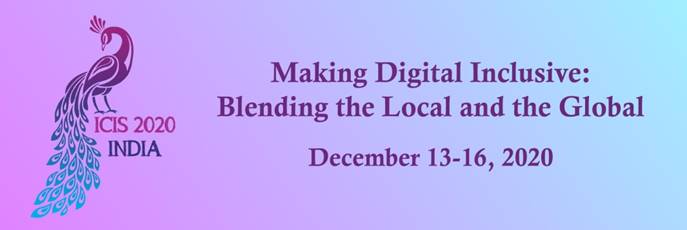Digital Commerce and the Digitally Connected Enterprise
Loading...
Paper Type
Complete
Paper Number
2442
Description
Artificial intelligence (AI) models support digital commerce through enabling the personalization of communication and services. The paper focuses on predictive models for targeting marketing actions. Extracting information on customers’ preferences from big data, such models forecast the reaction of customers to marketing stimuli. Prior research uses models for treatment effect estimation and focuses on a single treatment. In practice, digital marketers have many options to approach customers with different messages and over diverse channels. The support of these decisions requires multiple treatment models. The paper proposes an algorithm for multiple treatments and continuous outcomes. The tree-based algorithm relies on a new splitting criterion, which identifies the optimal treatment by optimizing outcome heterogeneities between treatments. It supports different evaluation measures and experimental designs by incorporating propensity scores. Empirical results on two real-world marketing data sets confirm the effectiveness of our approach compared to state-of-the-art benchmarks.
Recommended Citation
Gubela, Robin M. and Lessmann, Stefan, "Uplift Forest for Multiple Treatments and Continuous Outcomes" (2020). ICIS 2020 Proceedings. 17.
https://aisel.aisnet.org/icis2020/digital_commerce/digital_commerce/17
Uplift Forest for Multiple Treatments and Continuous Outcomes
Artificial intelligence (AI) models support digital commerce through enabling the personalization of communication and services. The paper focuses on predictive models for targeting marketing actions. Extracting information on customers’ preferences from big data, such models forecast the reaction of customers to marketing stimuli. Prior research uses models for treatment effect estimation and focuses on a single treatment. In practice, digital marketers have many options to approach customers with different messages and over diverse channels. The support of these decisions requires multiple treatment models. The paper proposes an algorithm for multiple treatments and continuous outcomes. The tree-based algorithm relies on a new splitting criterion, which identifies the optimal treatment by optimizing outcome heterogeneities between treatments. It supports different evaluation measures and experimental designs by incorporating propensity scores. Empirical results on two real-world marketing data sets confirm the effectiveness of our approach compared to state-of-the-art benchmarks.
When commenting on articles, please be friendly, welcoming, respectful and abide by the AIS eLibrary Discussion Thread Code of Conduct posted here.


